Welcome back fellow artists!
Today I want to talk to you about using basic forms to help develop your figure drawings with more confidence and accuracy.
For many years I would simply start drawing the figure by outlining the entire body. I got pretty good at this approach but there always seemed to be flaws in the end result. Proportions would be wildly off and the perspective throughout the body would be inconsistent.
This is where taking the time to draw the body with basic forms really helped me and it may help you as well. It gives us a relatable way to design the figure and simplify the process.
Let me show you what I mean with a few examples. ( You can click on any of these images for the larger version. You can also reach out to me through the contact form if you want a higher resolution version for your studies. )
Start by Drawing the 3 Main Masses First
A common problem that we all face at first is to ignore or miss the fact that the head, upper torso, and pelvis are all at different angles from one another. This combined with the twisting of the torso makes for a complex area of study all by itself.
I try to study the torso as often as possible. Getting better at drawing this area of the body can really help our characters to look more expressive.
So use this method of drawing to do a few of these studies of the 3 Main Masses of the body. Draw from life and/or imagination. I like to do both. I draw from my imagination to implement style and I draw from life to figure out where I went wrong!
Notice with the art file above that each area of the body has a slight difference in the way that it is facing. It is also good to keep the spine in mind as you start to draw these examples.
Practice Drawing with this Method with Various Poses
Here are some sketches for you to practice with. Draw these or envision your own. Try to explore as much variation as possible.
If you can’t imagine your own poses very well right now then do this exercise while studying poses from life photos, movies, or even comics.
Over time you will start to see the patterns you are looking for and be able to draw these from memory.
Notice the two on the very right are in a more dramatic perspective. I did this by first drawing a single vanishing point and then using that to help me imagine the figure in space.
Use the Same Technique for Drawing Arms and Legs
After you feel comfortable with the previous exercise we can move on to the next step. We can attach the arms and the legs to the body with a similar approach.
For arms and legs I tend to use elongated cylinders with a bit of taper towards the wrist and the ankles. I also use spheres for the joints. Areas like the shoulder, elbows, knees, and ankles.
Obviously these are just basic representations of these areas. Each of those areas get refined in the later stages of the drawing process.
If this step seems too difficult for you, don’t worry you will get better with a bit of practice each day. Always remind yourself that if it was easy, everyone would be a great artist and then it wouldn’t be so cool!
Here are some simplified arms and legs for you to practice with. Try to focus on the proportions and the perspective of these areas of the body, not the detail or the anatomy.
Again, the main goal is to simplify these complex areas of the figure so that we can get better at proportions, volume, and perspective within the body.
Practice Drawing the Full Figure with Basic Forms
Now trying putting these concepts together and draw some of your favorite poses. If you struggle to draw the pose you want you may need to start with something more basic. A person standing or walking, then move on to more complex versions.
After you put in a lot of practice you can try to really push yourself to draw more difficult poses over time. The real strength of this exercise is that since you are simplifying the process, the more difficult poses will be easier as well.
Another great way to practice this method is to do a few gesture drawing first and then add the primitive forms to those sketches. These methods work well together and each delivers a different benefit to your work.
Gesture will help you to loosen up the figures and give them a sense of movement. Primitive forms will strengthen the character and give it a feeling of weight and volume on the page. Like anything else it is all about finding a balance to these concepts.
Here is a video demonstrating the drawing process. If you have any questions please comment and let me know how I can help you.
Drawing the Figure More Organically
After you have spent a fair amount of time on the previous exercises the next step is to start drawing with more organic lines and forms.
This part takes some knowledge on anatomy and daily figure drawing studies. Again, draw from life photos, movies, or use a figure drawing program like www.quickposes.com
Try taking some of the poses that you have constructed and add more organic forms. Here is another drawing to show you some of my process for drawing the female torso.
Just keep practicing a combination of going from basic shapes to curves while studying from anatomy books and you will start to memorize what you need to.
Anatomy Books that I Highly Recommend
Some of my favorite anatomy books are here ( Amazon Affiliate Links – I get a small commission at no additional cost to you if you decide to use them. ; )
Basic Human Anatomy by Roberto Osti
If you are ready to learn more on Figure Drawing and Gesture. Here is my course, “Figure Drawing – The Body in Action.” Learn step by step techniques where I teach you to draw the human body with confidence. Click here to Enroll.
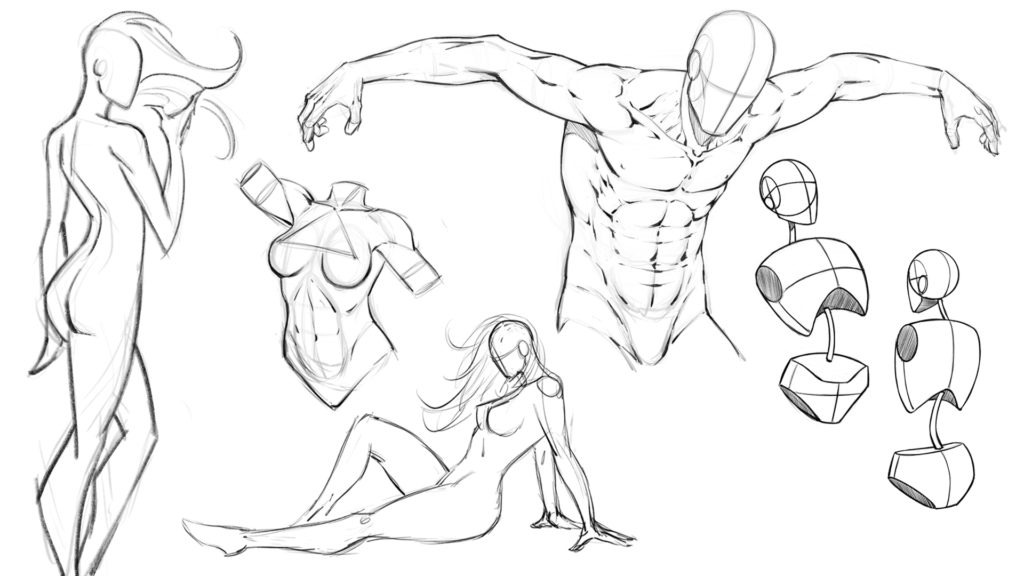
I hope you have enjoyed today’s post. Let me know if you have any requests for new blog posts or Youtube videos. Have a great day and good luck with your art! 🙂
-Robert
Ram Studios Comics
Want to learn more? Check out my video course content here where I teach figure drawing, anatomy, and how to draw comic style art! – https://ram-studios-comics-art-school.teachable.com

For more written tutorials you can check out this section here –
Drawing Tutorials
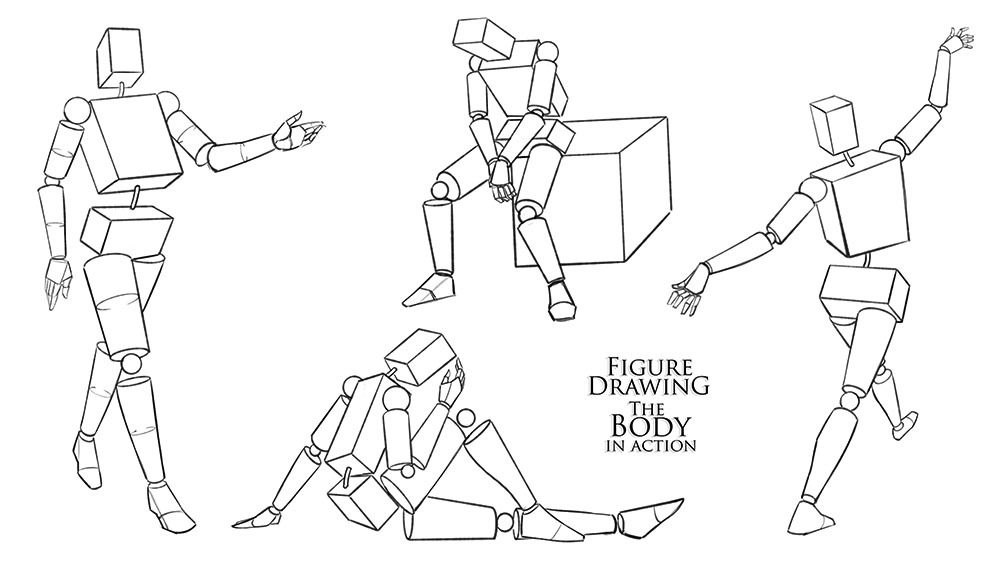
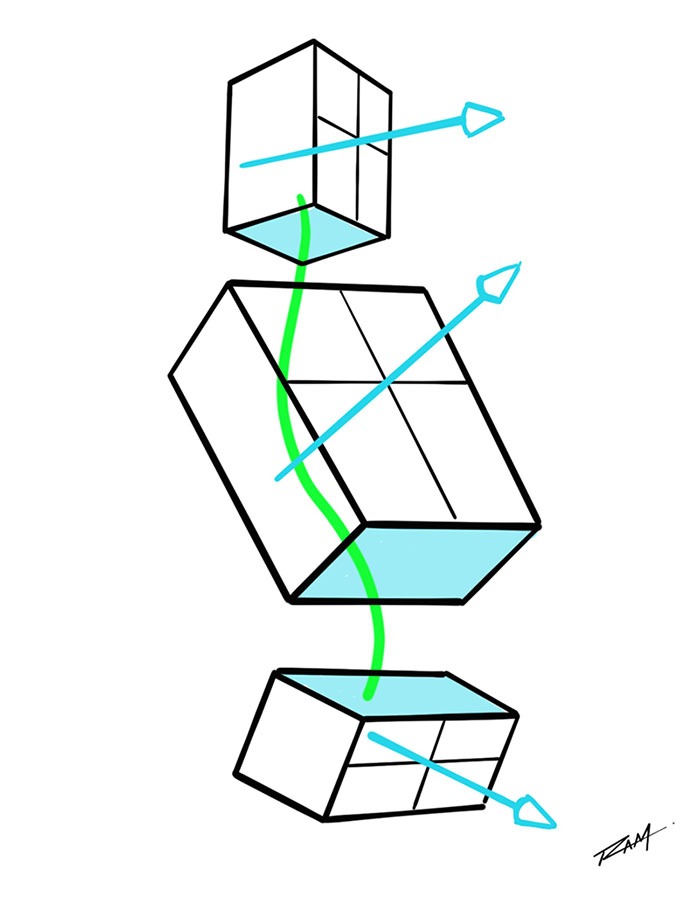
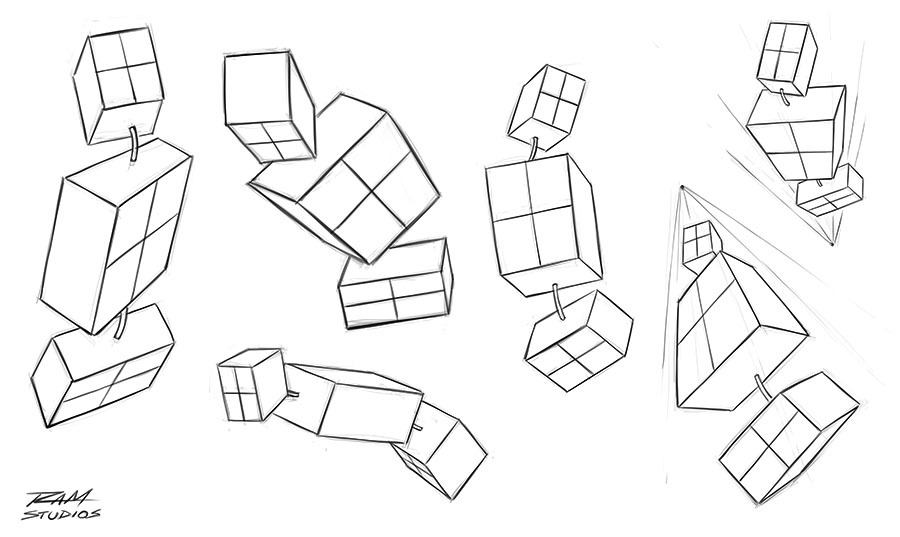
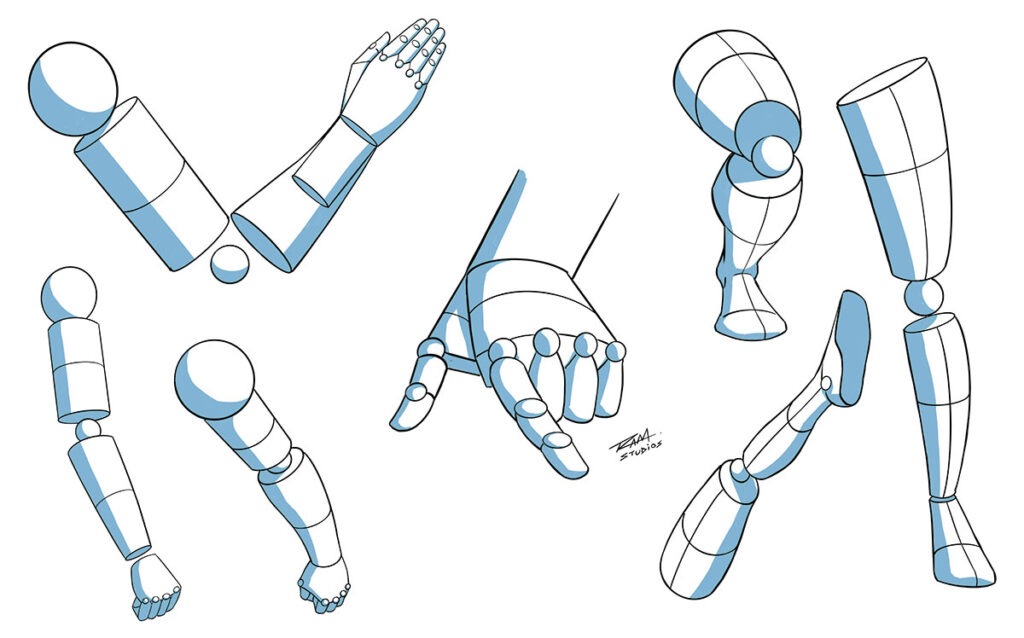
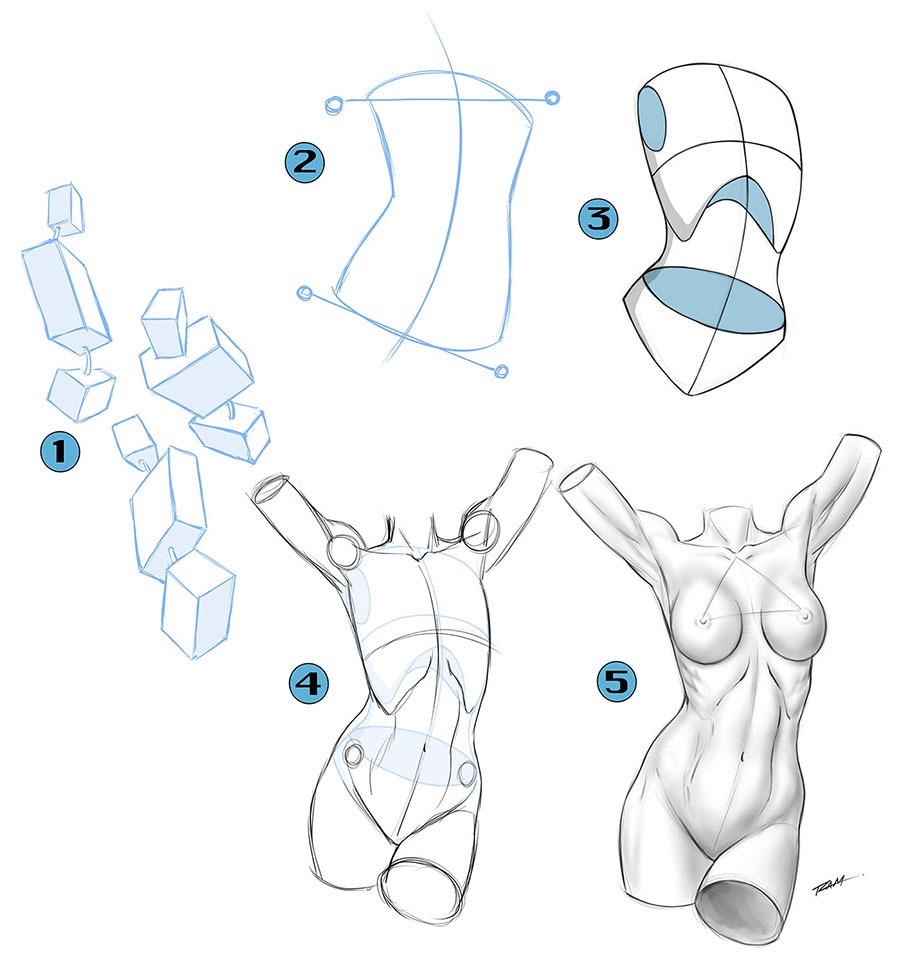
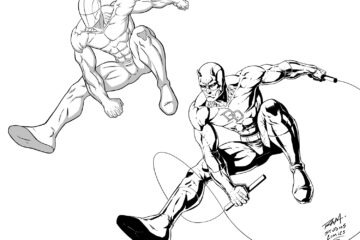
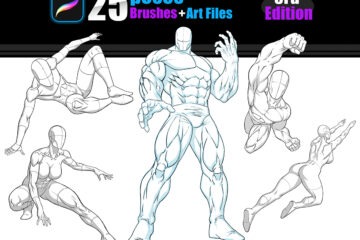
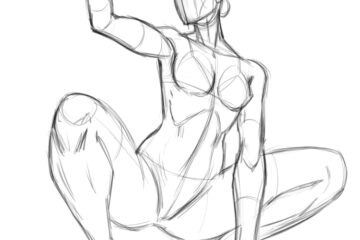
2 Comments
cassidy · October 29, 2024 at 7:53 pm
hi I’m wondering if you can show me how to draw a anime pose
RAM · February 1, 2025 at 5:02 pm
I will see what I can do and thank you for your request!